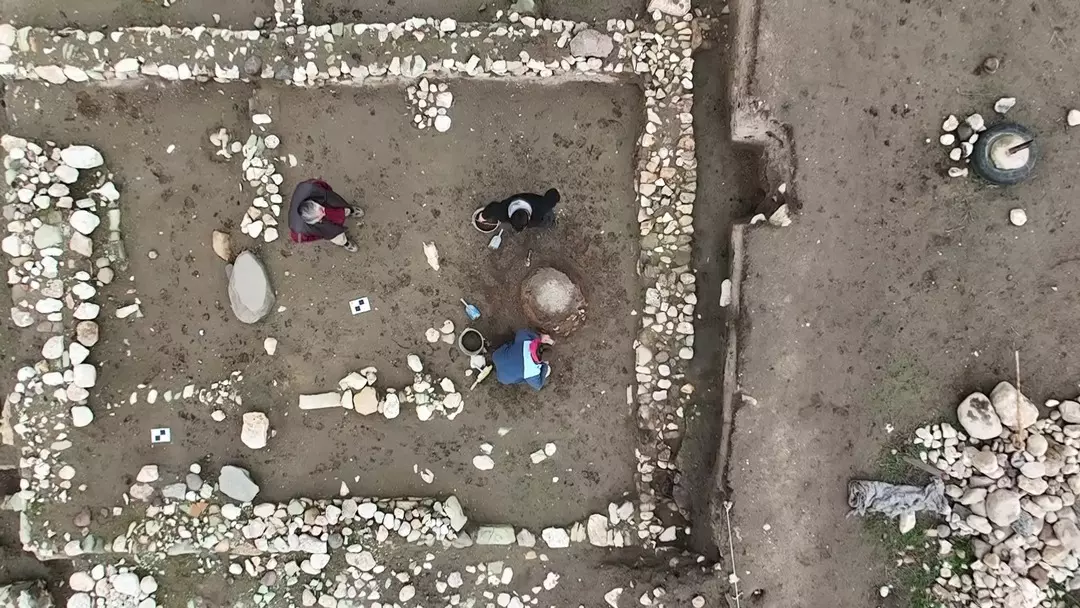Spanish authorities stated Thursday, September 14, that an inquiry into a Spanish vessel that sank more than 200 years ago has uncovered "buried secrets" including well-preserved structural features.
A diver examines the Santa María Magdalena, a warship of the Spanish Navy that shipwrecked in 1810.
According to a press statement from the Spanish Federation of Underwater Activities, a "exciting investigation" is being conducted by the organization into the 1810 storm-sunk Spanish Navy vessel Santa Mara Magdalena. The mission originally meant to save the ship, which is still submerged, but it has "evolved into a saga of astonishing discoveries," the agency said. The ship was highlighted in a 2020 documentary exploring its history and is the only wreck of its era currently being investigated in Spain.
When the ship sailed in October 1810 as part of a Spanish-British alliance to seize a city that was ruled by the French during Spain's War of Independence, the tale of the ship's drowning began. According to the agency, the vessel possessed 34 cannons and a "rich history of service," but after losing its moorings, it was caught in a "sudden and violent storm" that caused it to capsize in November 1810. It was "one of the greatest maritime tragedies" in the nation's waterways at the time because it was thought to have 500 sailors and soldiers on board. Only eight men managed to survive the shipwreck and swim to land, according to wrecksite.eu, an online database that tracks shipwrecks. From their wounds, five of the men passed away.
Cleaning of the ship shows preserved wood under sand and sediment.
One significant finding, according to the EPA, was that around 86 square feet of the lining boards along the bilge of the frigate were "free of structural or biological damage." The bilge is the area where a ship's sides and bottom converge. According to the Spanish Federation of Underwater Activities, the ship is "truly unique" as a result of its preservation, and overall, it is in a "exceptional state of conservation."
The expedition's goal, according to the regional paper La Voz de Galicia, is to map the ship's structure and comprehend how it was constructed. Because of this, scientists must operate underwater to remove sand and debris from the ship.
Round projectiles found aboard the ship.
Lead investigator and underwater archaeologist Antón López told La Voz de Galicia that the ship had been found to have "ballasts and ammunition" and referred to it as a "real underwater museum."
These discoveries, according to the Spanish Federation of Underwater Activities, allow Spain's maritime heritage to be revealed.
"Each find is a tribute to the brave sailors and soldiers who braved the treacherous waters more than two centuries ago, and a tribute to their legacy that endures through time," the agency mentioned.









